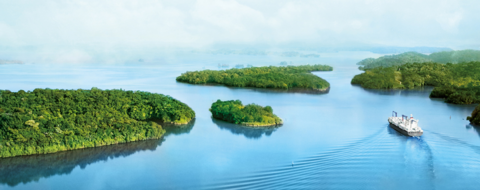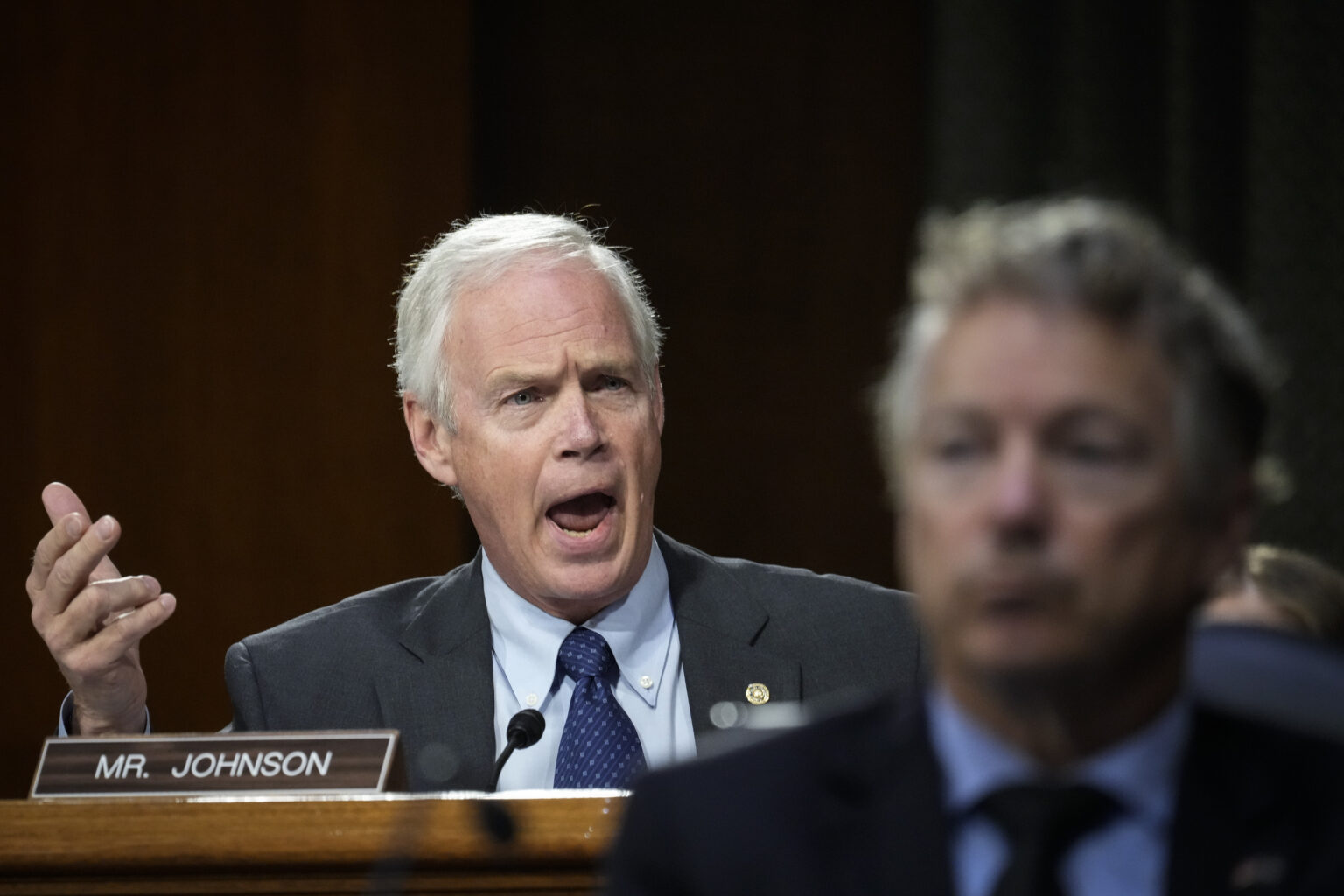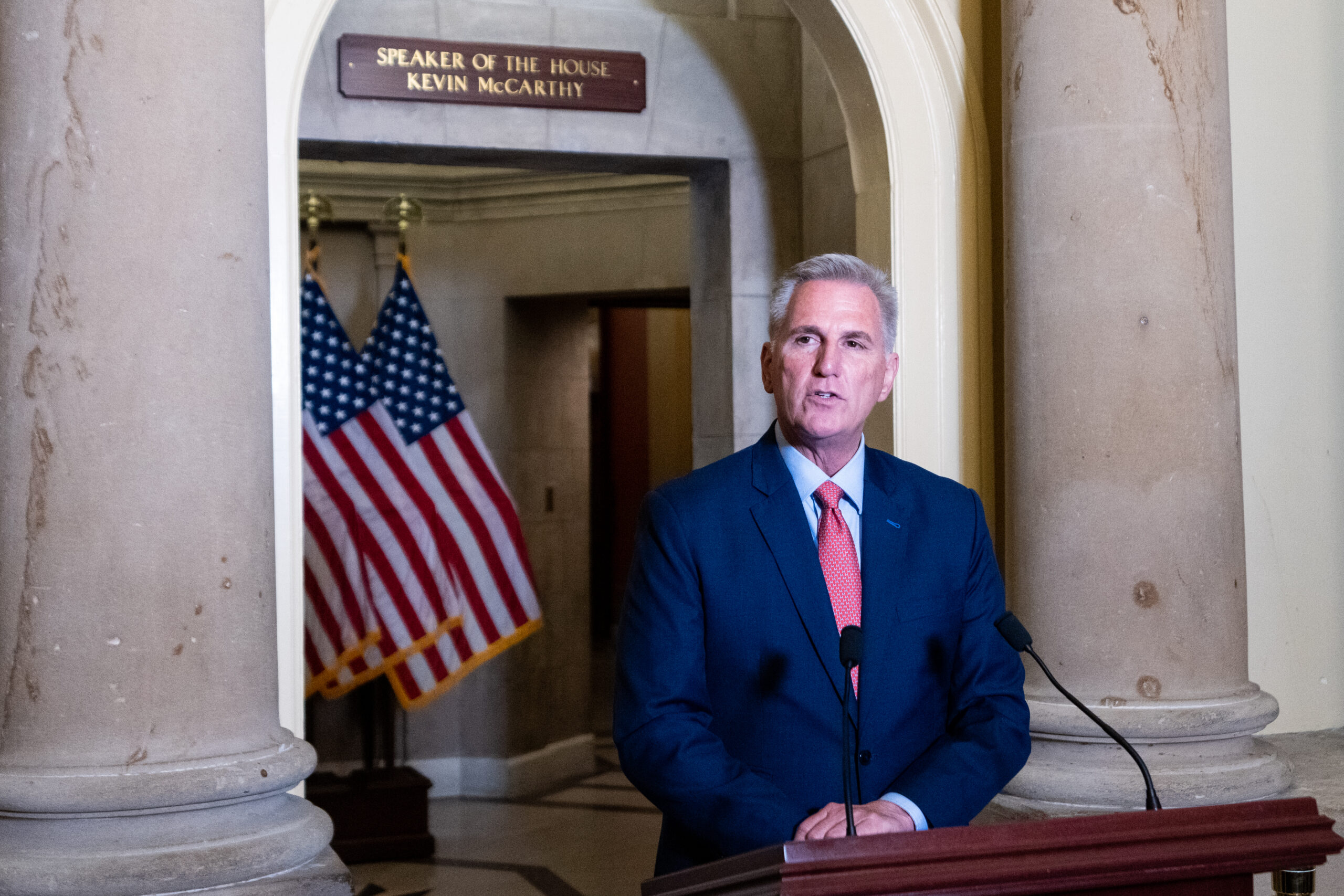Logistics
Transport is within the ‘essential decade’ for more durable emissions targets – it is all about delivery
Advertisement
5

Oslo, September 7, 2023: Within the face of stiff competitors for inexperienced fuels from different sectors, new marine emissions targets for 2030 dangle within the stability. In accordance with the newest DNV’s Marine forecasts to 2050 The delivery trade will discover it troublesome to safe an ample provide of carbon-neutral fuels. The report stresses the necessity to contemplate all different approaches to lowering emissions and take motion now to make sure success sooner or later.
Growing regulatory stress to decarbonise, together with more durable targets set by the Worldwide Maritime Group (IMO) final July, means the delivery trade now wants to realize a 20% discount in emissions by 2030 and internet zero emissions by 2050. or about that. Demand is projected to achieve 17 million tonnes of oil equal (Mtoe) yearly by 2030, the marine sector wants to achieve a staggering 30-40% of the anticipated international gasoline provide that’s carbon-free. So shipowners should focus past gasoline, and particularly on what might be accomplished now to realize power effectivity and cut back carbon emissions.
Knut Oerbek Nielsen, CEO of DNV Maritime, stated: “The second decade of the twenty first century is a defining decade for delivery. Securing greener gasoline provides is essential. Nevertheless, specializing in gasoline alone can distract us from making an affect on this decade, and impressive future bulletins simply aren’t ok. What we’d like are concrete actions that may cut back emissions. Vitality effectivity measures can ship decarbonization outcomes now and in 2030.
The Maritime Outlook to 2050 gives an up to date take a look at the vary of laws and drivers for decarbonising delivery, chief amongst them new IMO laws, the inclusion of delivery within the European Union (EU) emissions buying and selling system and the approaching of the rich to get up necessities. These laws will enhance the operational price of utilizing carbon fuels, incentivizing ship homeowners to make plans at present to scale back their carbon footprint.

“Our newest report identifies a number of power effectivity measures that may obtain decarbonization outcomes now. It underlines the necessity for the maritime sector to undertake a complete method to make sure sturdy improvement of techniques and applied sciences, in addition to On the Lengthy-Time period Safety of Gasoline Provides”. Naval Outlook.
To beat decarbonization challenges, the sector can undertake operational power effectivity measures comparable to air lubrication techniques and wind assisted propulsion. The latter has already been put in on 28 massive vessels, leading to gasoline financial savings of between 5-9% to this point. The potential when upgraded and upgraded on current ships might be as much as 25%.
As well as, applied sciences comparable to carbon seize and storage and nuclear propulsion can handle competitors for sustainable biomass and renewable electrical energy. The report gives an financial evaluation of each choices by detailed case research that may assist stakeholders make knowledgeable selections about these applied sciences.
Different findings embody {that a} shift in gasoline expertise is already underway, with half of the payload required able to utilizing liquefied pure gasoline (LNG), liquefied petroleum gasoline (LPG), or methanol in dual-fuel engines, in comparison with solely one-third of the payload within the engine. system final yr. For working ships, 6.5% of their cargo can now be powered on different fuels, in comparison with 5.5% final yr. The absorption of methanol and liquefied petroleum gasoline can also be starting to look within the statistics together with the primary new hydrogen fueled buildings. There are at the moment a number of pilot tasks underway for ammonia-fueled vessels, and a rising pipeline of ammonia-fueled vessels will quickly hit the order ebook.





